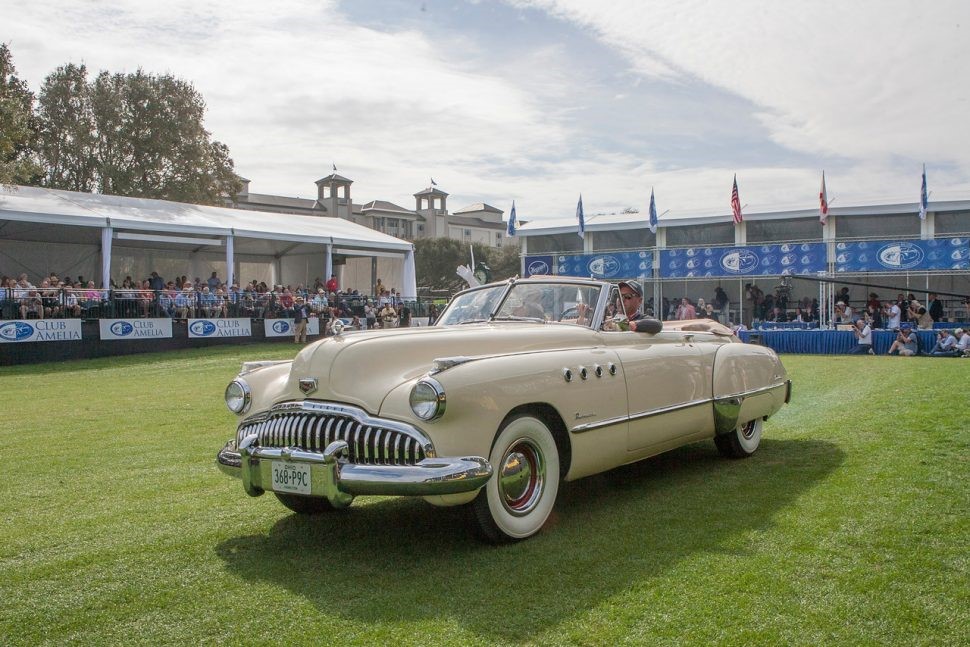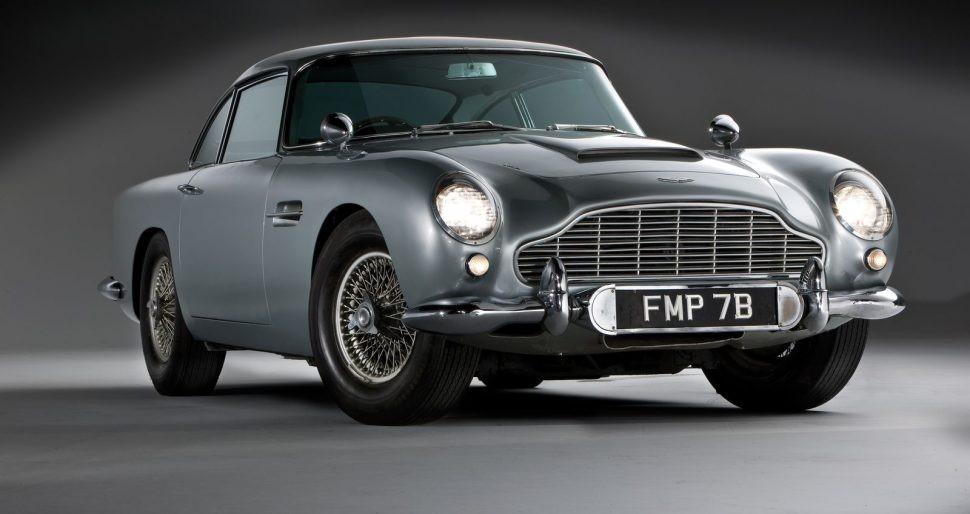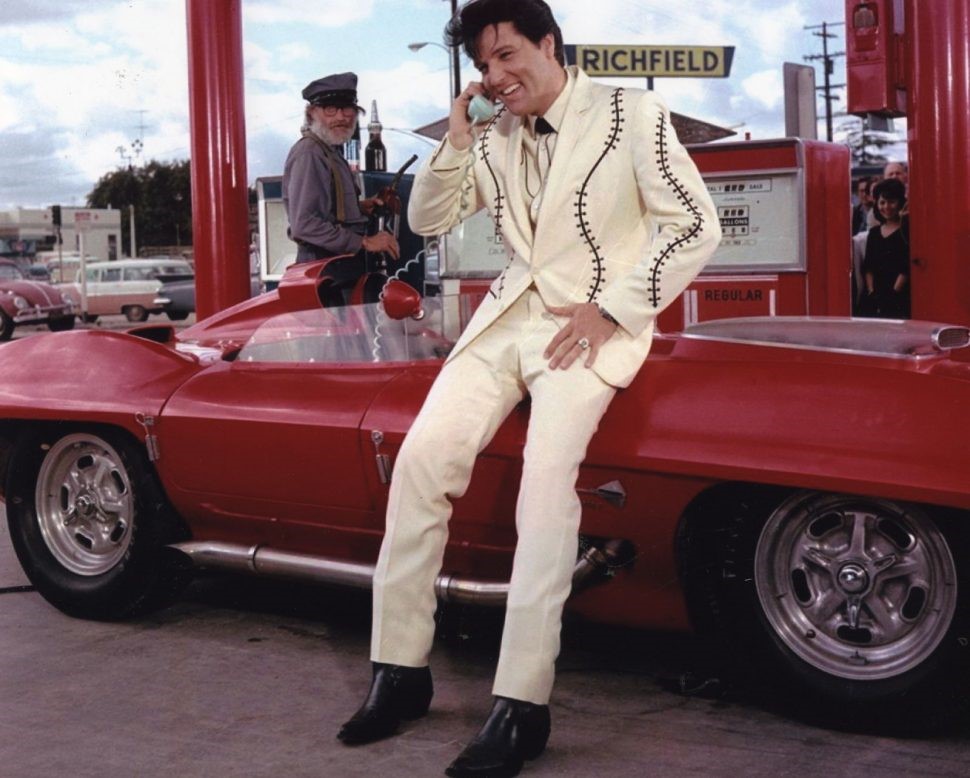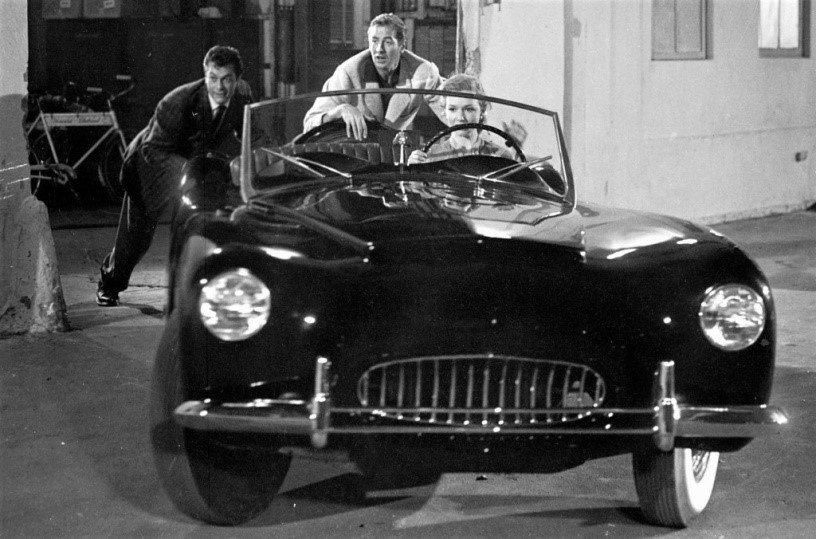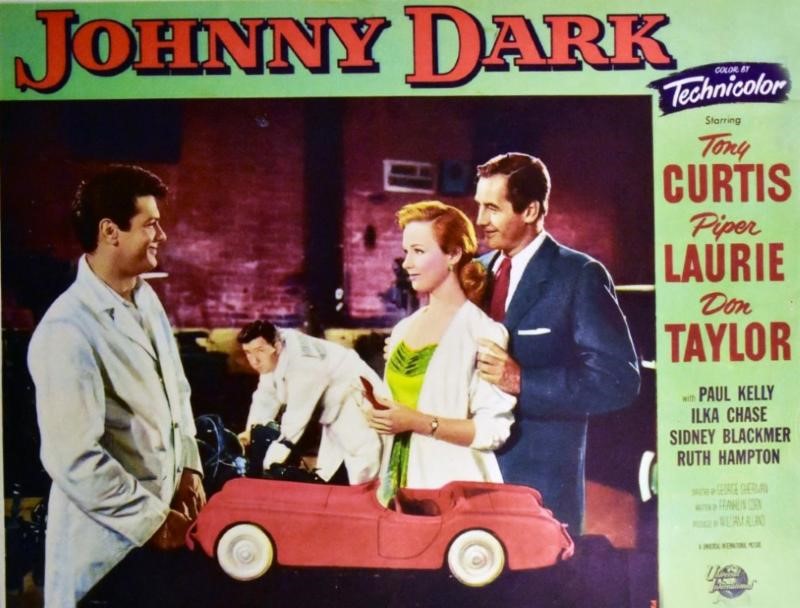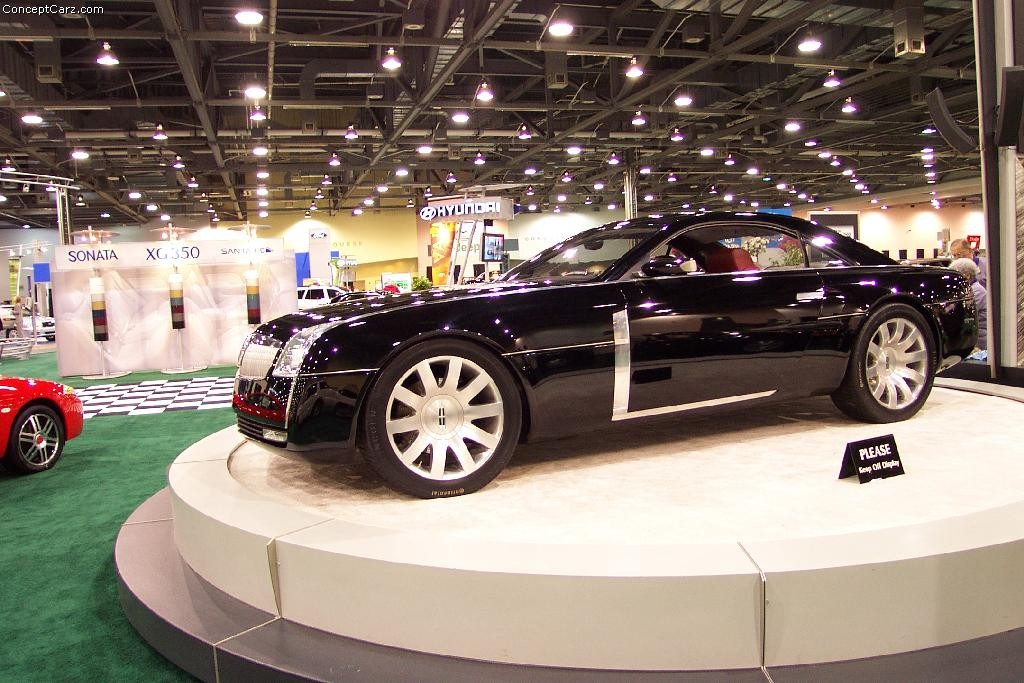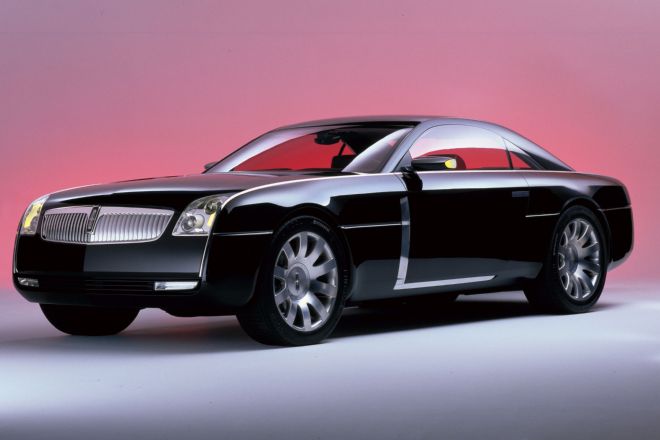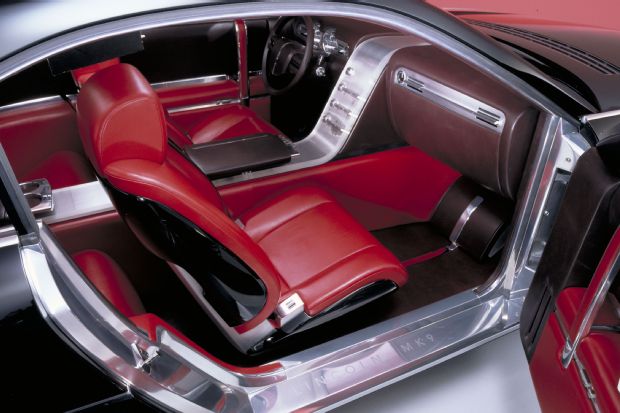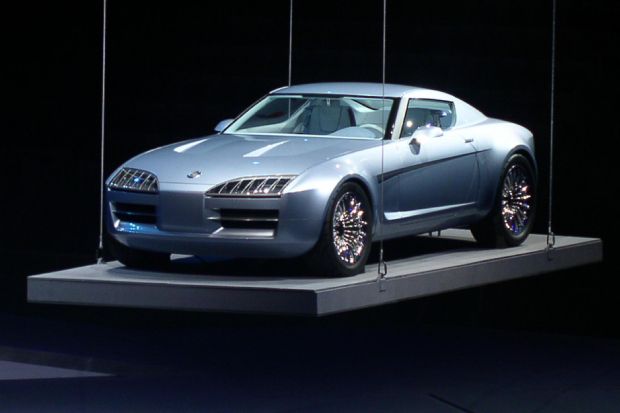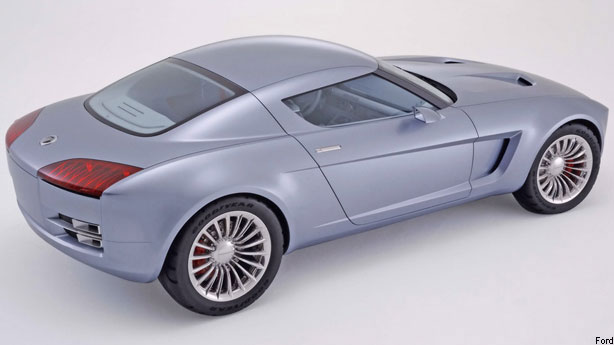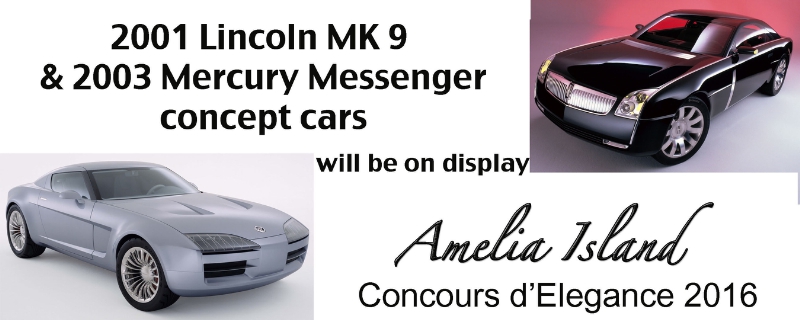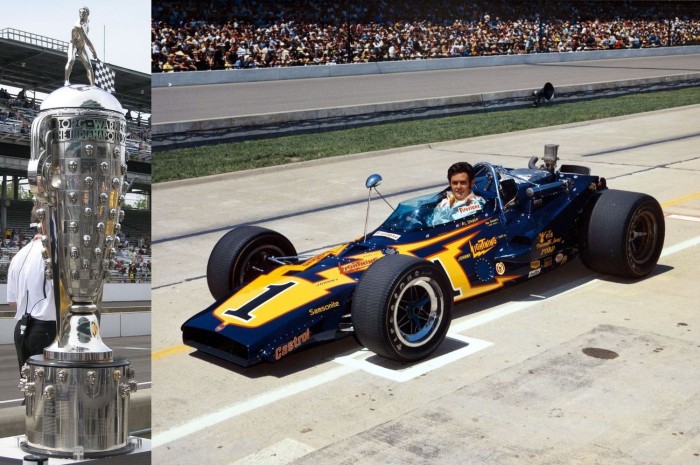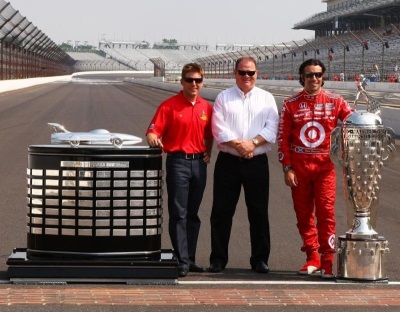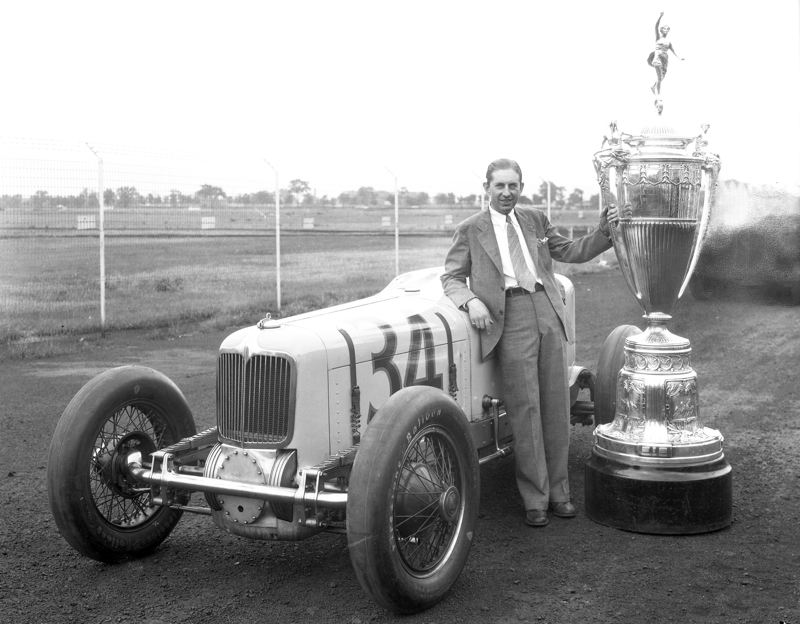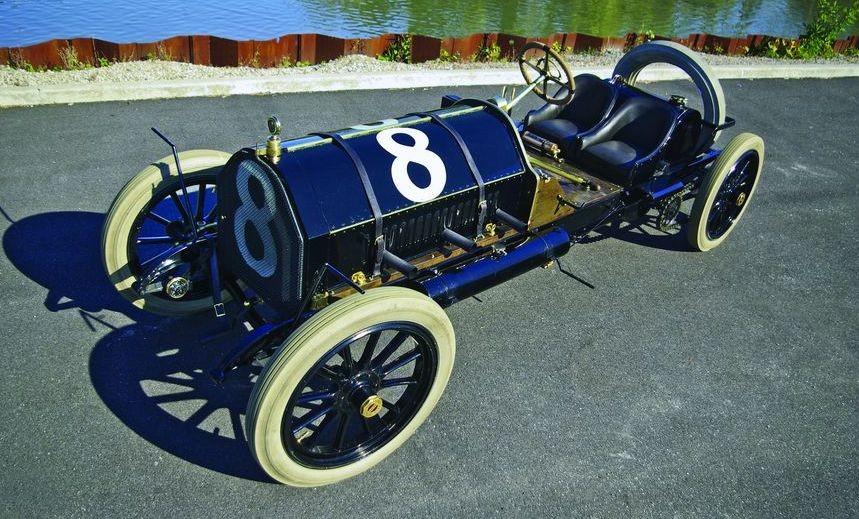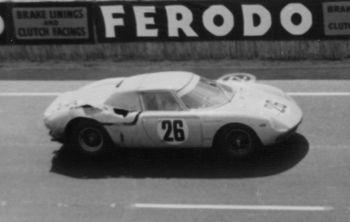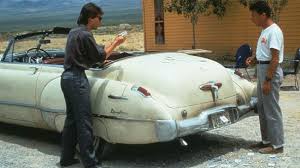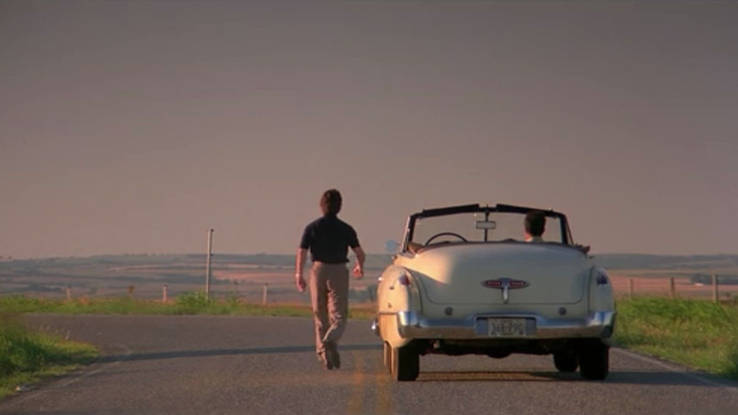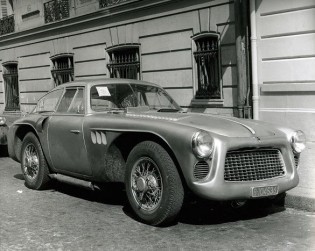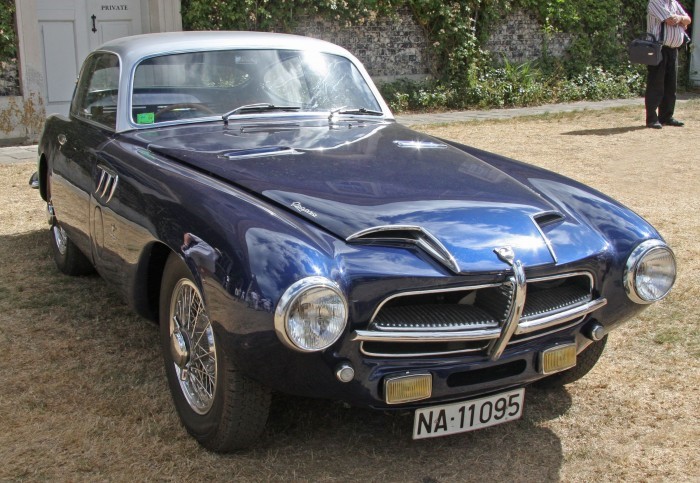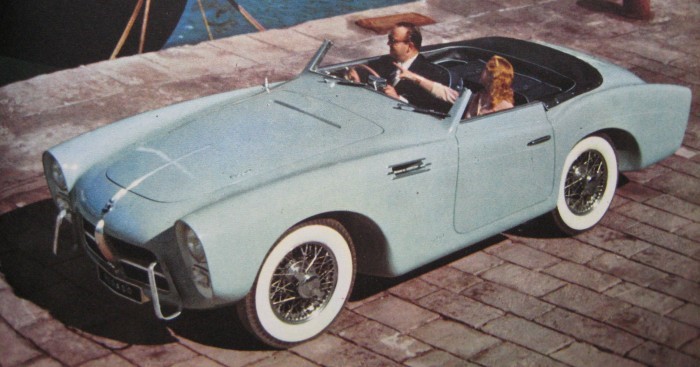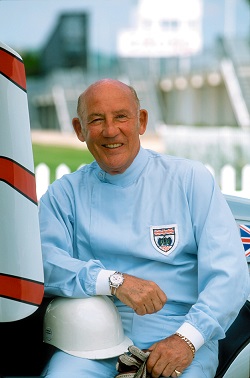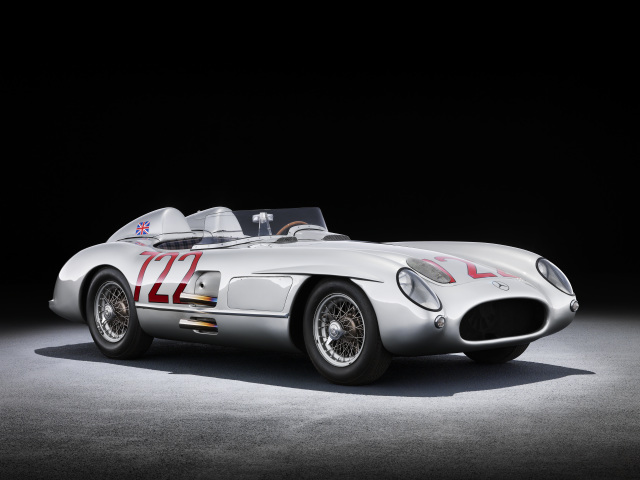Ed “Big Daddy” Roth cars to assemble at Amelia Island Concours on March 11, 2018
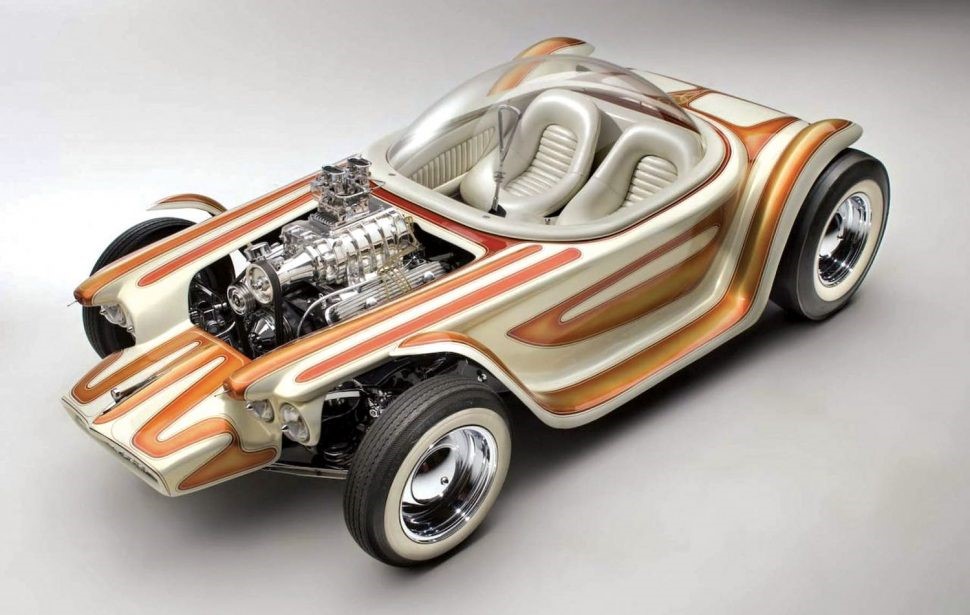
Beatnik Bandit -Photo courtesy National Automobile Museum
Amelia Island, Fla. – Futurist and visionary, or instigator and Weirdo? Ed Roth might have preferred the latter two terms as compliments, but as culture consumes counterculture, his legacy as an artist has grown over the last few decades, to the point that some have labeled him with the former two compliments and to the point that the Amelia Island Concours d’Elegance will showcase several Roth-built cars at its 2018 show.
As early as the 1980s, as David LaChance pointed out in his profile on Roth in the July 2017 issue of Hemmings Classic Car, art galleries and museums began to take notice of the work Roth had done 20 years earlier, likely due to the fact that some of the many, many children who bought Rat Fink stickers, wore Mother’s Worry T-shirts, and built AMT-produced Outlaw models had grown up to become influencers in the world of high art.
“He lived long enough to see his work rediscovered… and to be toasted by the mayor of San Francisco with a day in his honor,” LaChance wrote.
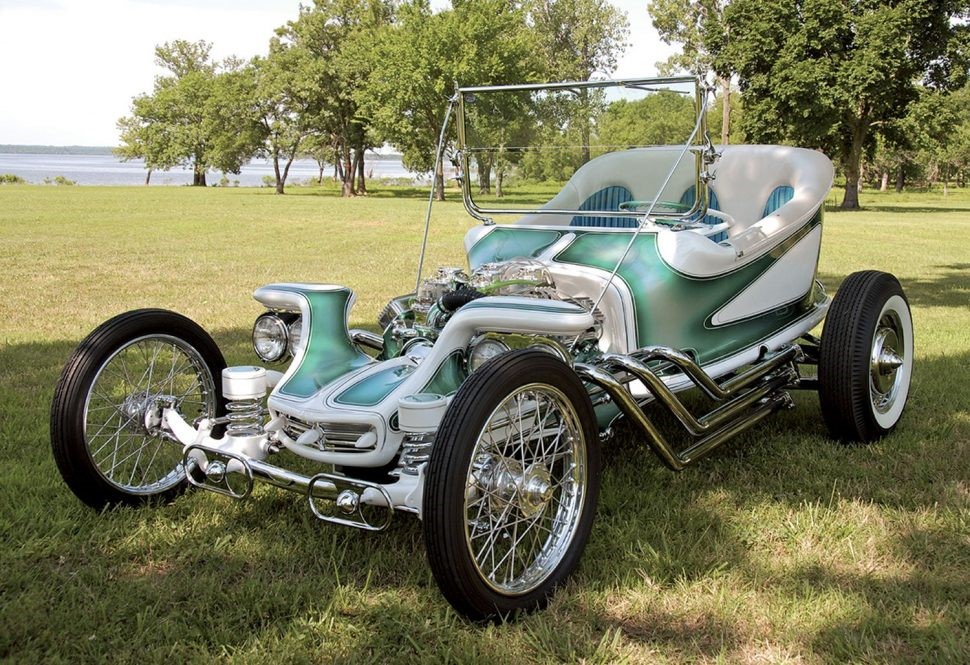
Outlaw – Photo by Alan Mayes, courtesy Spritz by Fritz
Roth began building hot rods, then painting and pinstriping them himself, long before his art propelled him to a national stage. However, with his fiberglass-bodied Outlaw, built in 1959, he discovered not only that crazy custom car creations could earn him a few bucks from car show promoters eager to use the cars to bring in crowds (who would then pass by Roth’s booth and buy a T-shirt or two), they could also earn him some free publicity via the car magazines of the day, equally eager to spotlight something wacky.
“He wanted to build cars but Roth didn’t want to build just any cars, or even any hot rods,” Ken Gross said in the write-up for the 2007 RM Icons of Speed and Style auction, which featured several Roth vehicles. “It took fantastic cars, conceived and built outside the mold of convention to satisfy Roth.”
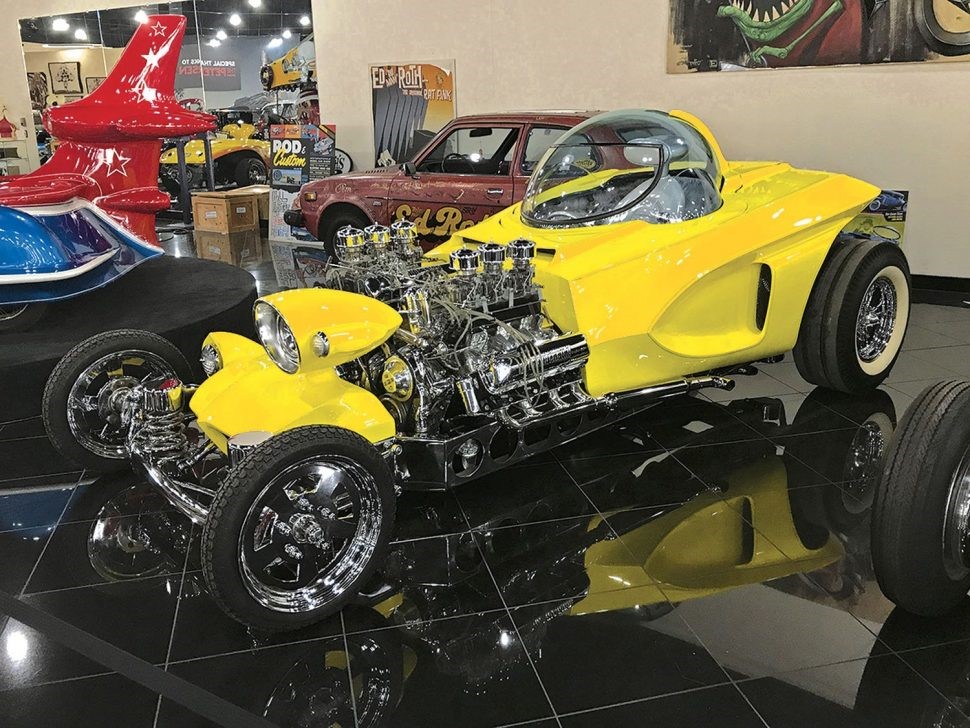
Mysterion – Photo courtesy Beau Boeckmann.
Roth then followed the Outlaw with the Beatnik Bandit in 1961, the Rotar in 1962, the Mysterion in 1963, both the Road Agent and the Orbitron in 1964, the Surfite in 1965, the Druid Princess in 1966, and the Mega Cycle (a.k.a. Captain Pepi’s Motorcycle and Zeppelin Repair) in 1967 before turning his attention to choppers and trikes. Only in the late Eighties would he build more cars, among them L.A. Zoom, the 1995 Beatnik Bandit II, and the Stealth 2000. Each car Roth completed with his famed spitwad-and-plaster method progressively pushed the boundaries of automotive design and engineering; almost all of them were immensely impractical for street driving, but most of them could at least roll in and out of auditoriums and show halls under their own power.
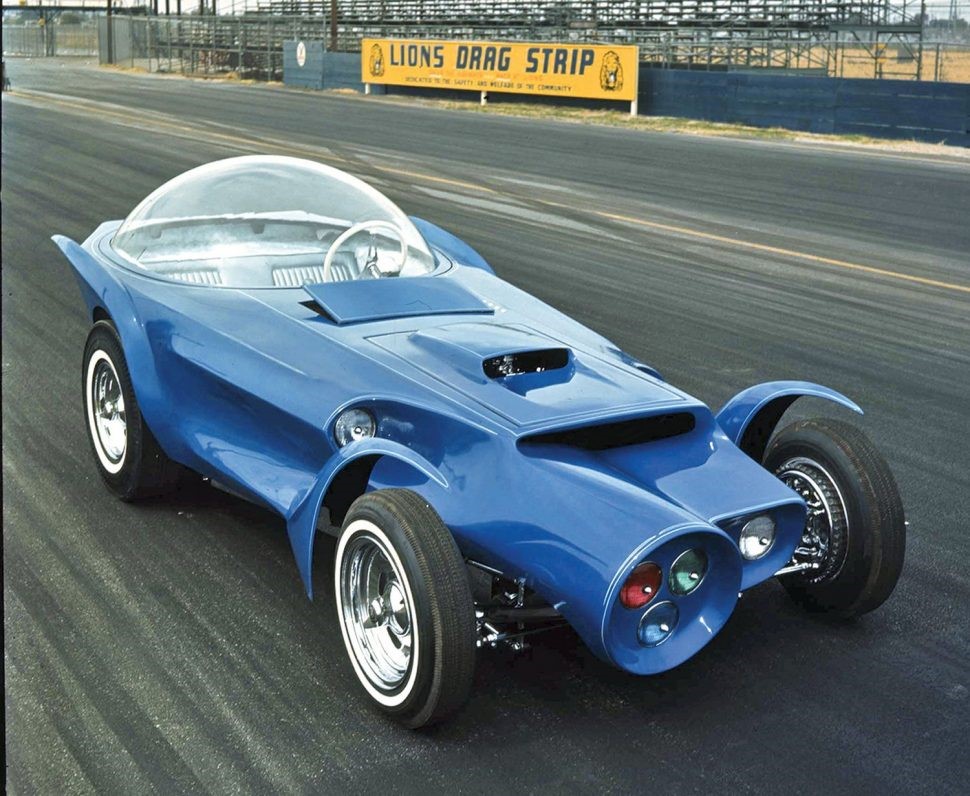
Orbitron – Photo courtesy Beau Boeckmann
As Rat Fink mania died down in the latter half of the Sixties and Roth shuttered his studio, however, the various cars he built scattered to the four winds. Some went on display at the Cars of the Stars museum and ended up in the Brucker brothers’ collection, the original Outlaw has ended up at the Petersen Museum, and Roth personally donated the Beatnik Bandit to the National Automobile Museum in Reno. Others, including the Road Agent, the Druid Princess, and the Tweedy Pie T-bucket, passed through the hands of collectors such as Mark Moriarty and Ralph Whitworth. The Mysterion has disappeared and thus inspired at least two replicas while the Orbitron, long thought vanished, turned up in 2007 serving as a trash bin outside an adult bookstore in Mexico.
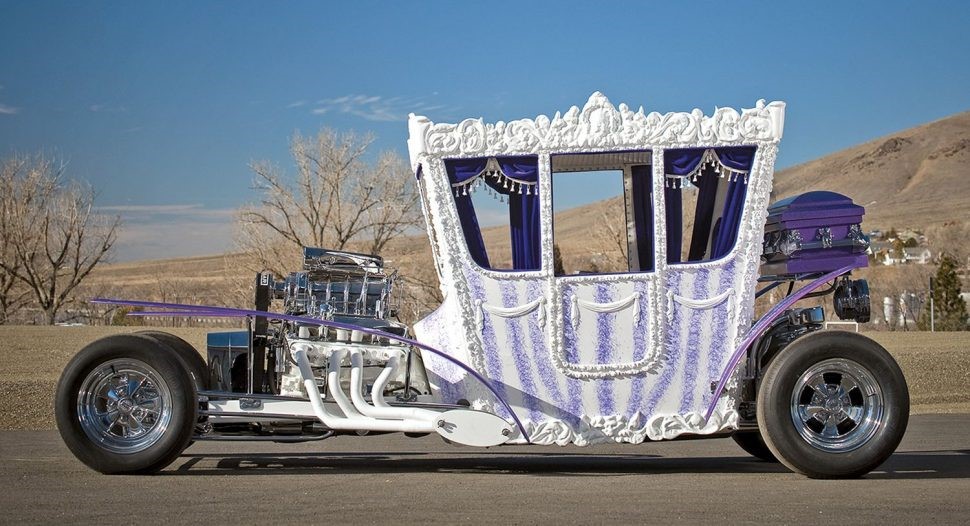
Druid Princess – Photo courtesy RM Auctions
While some of the cars have gathered at events in the past — notably the 2006 Detroit Autorama — the Amelia class represents the first such concours class honoring Roth, who died in 2001. Other featured classes at the Amelia Island Concours will focus on the Porsche Carrera, Auburns, the Jaguar XKE, the cars of Martini Racing, the 50th anniversary of the Ferrari Daytona, pre-war MGs, early electric cars, and cars built for hunting.
The 2018 Amelia Island Concours d’Elegance will take place March 9-11. For more information, visit AmeliaConcours.org.
Courtesy Daniel Strohl, Hemmings.com

